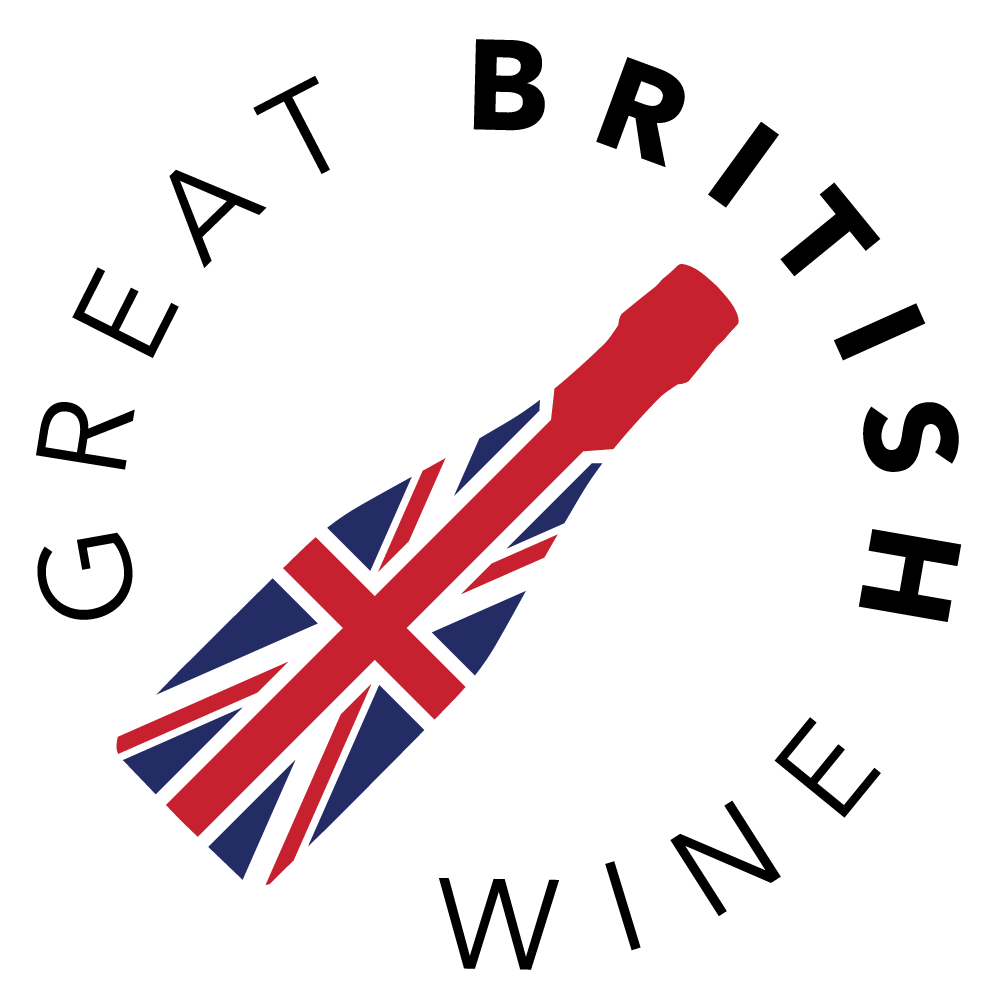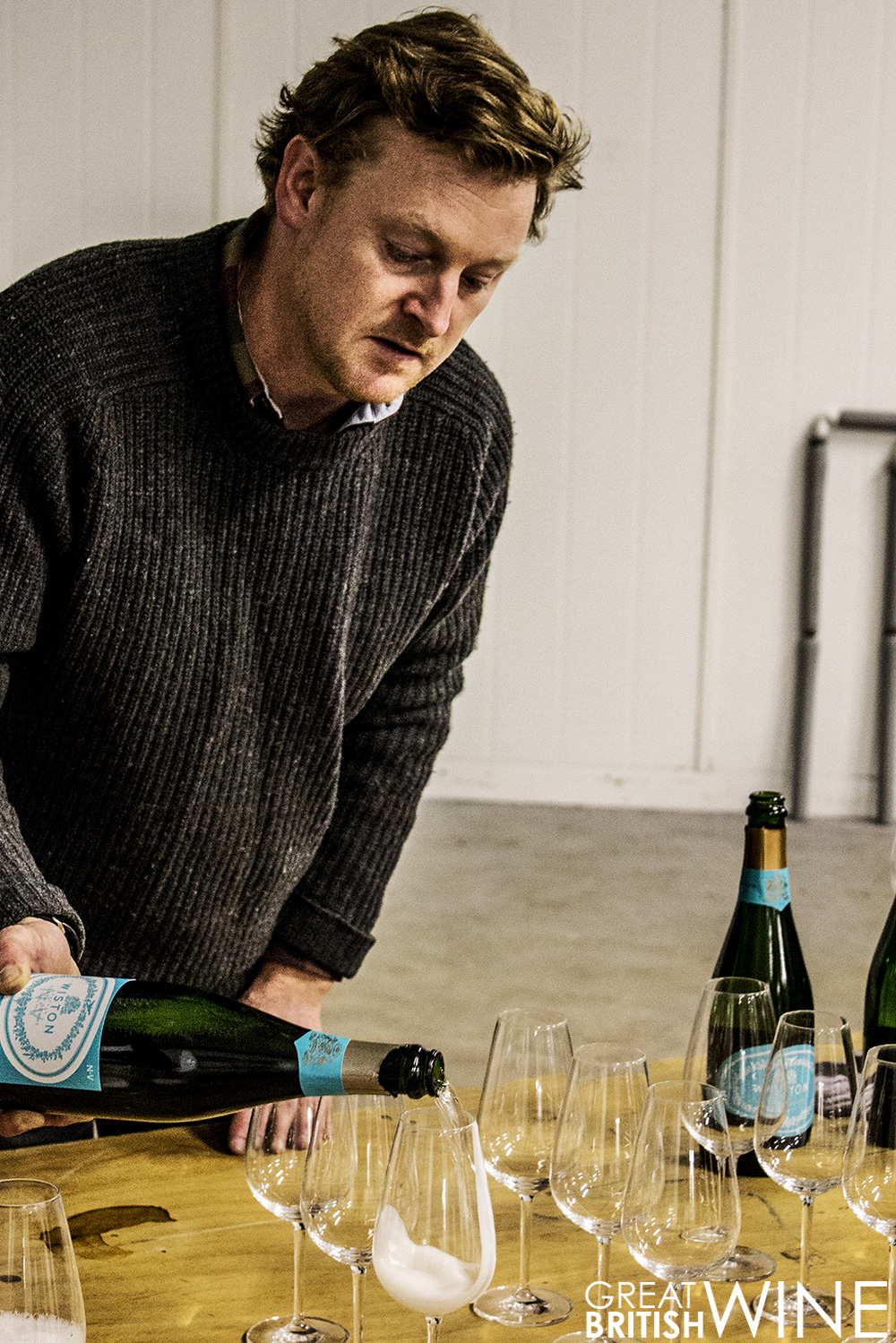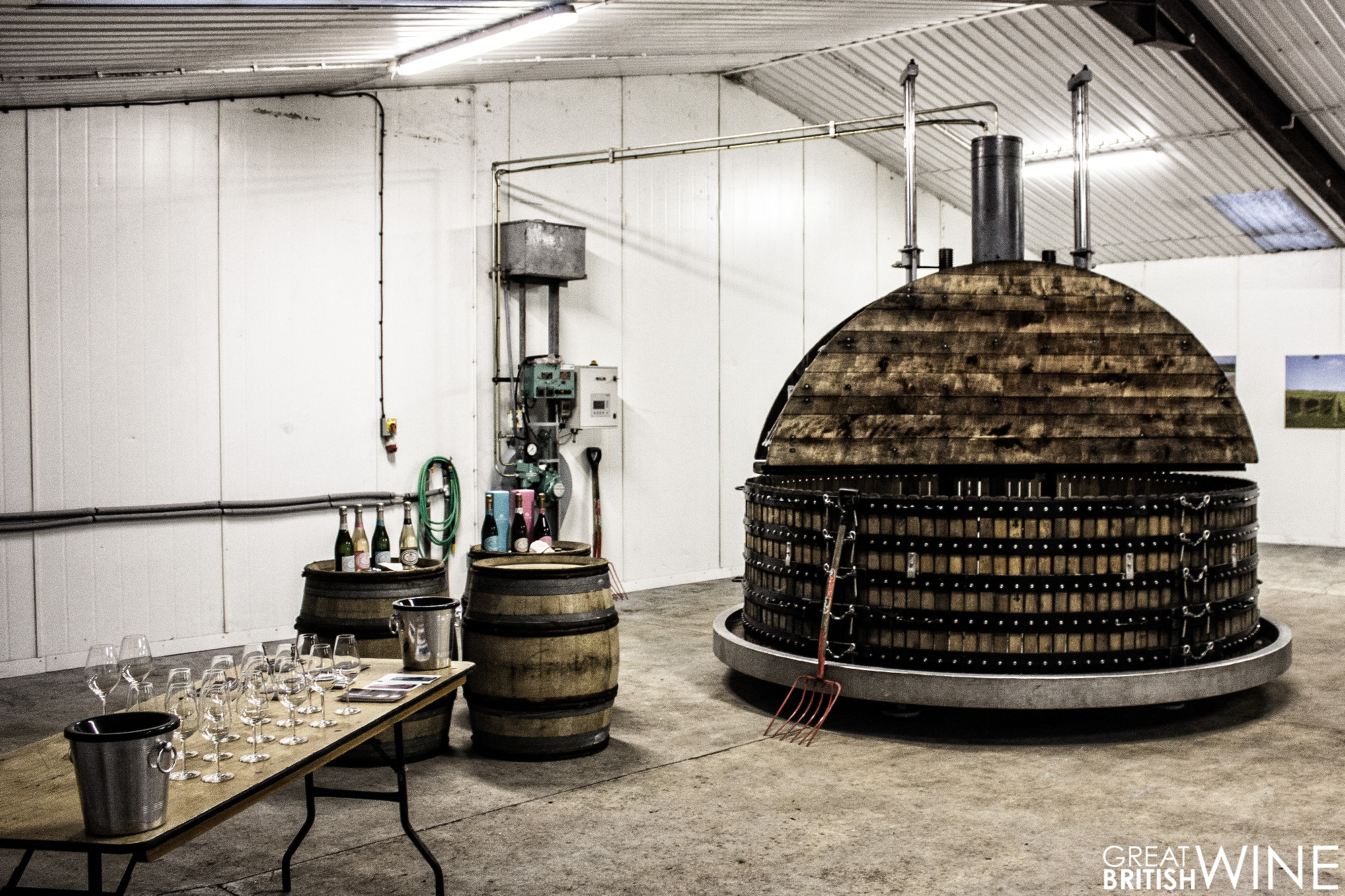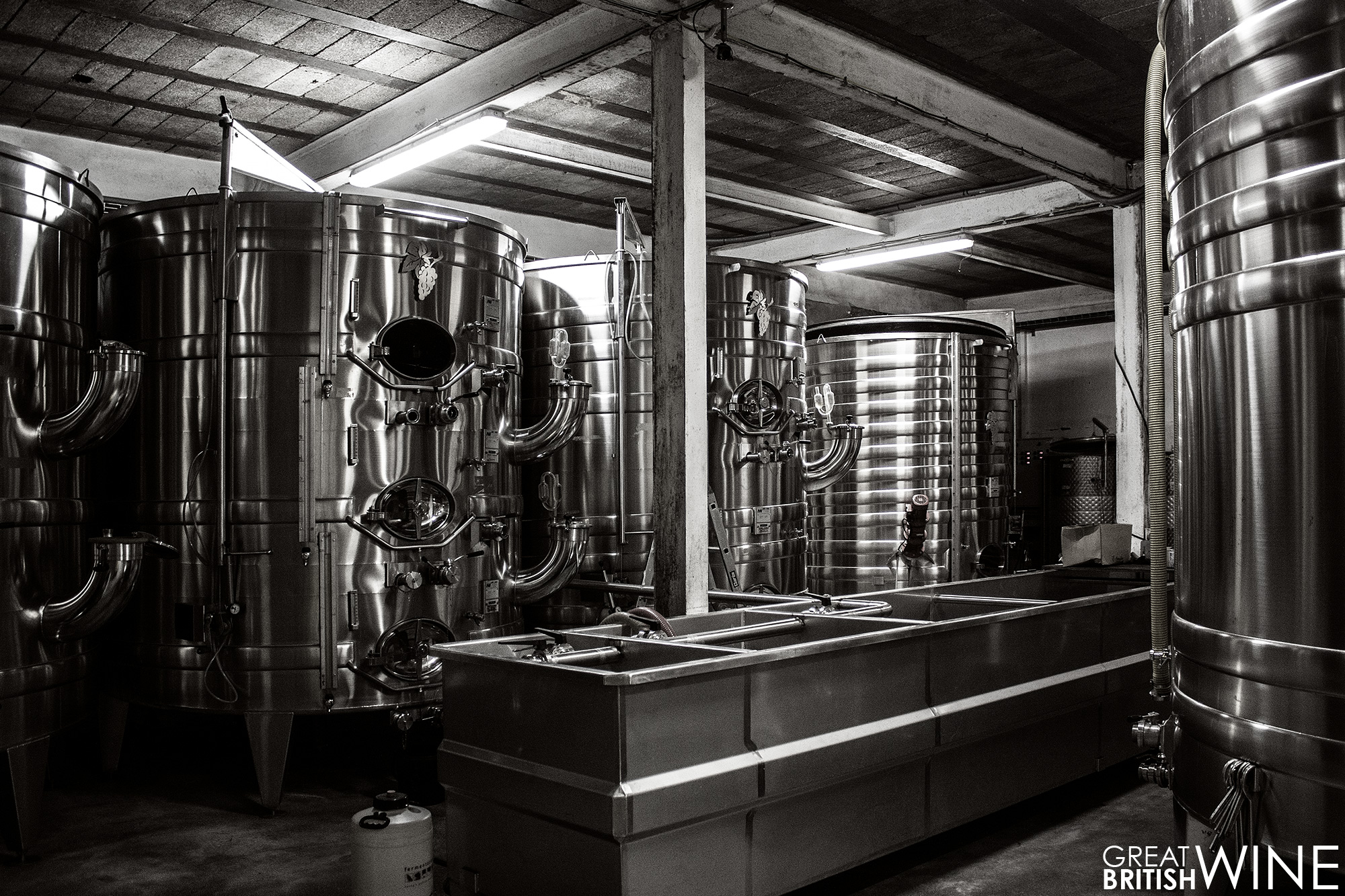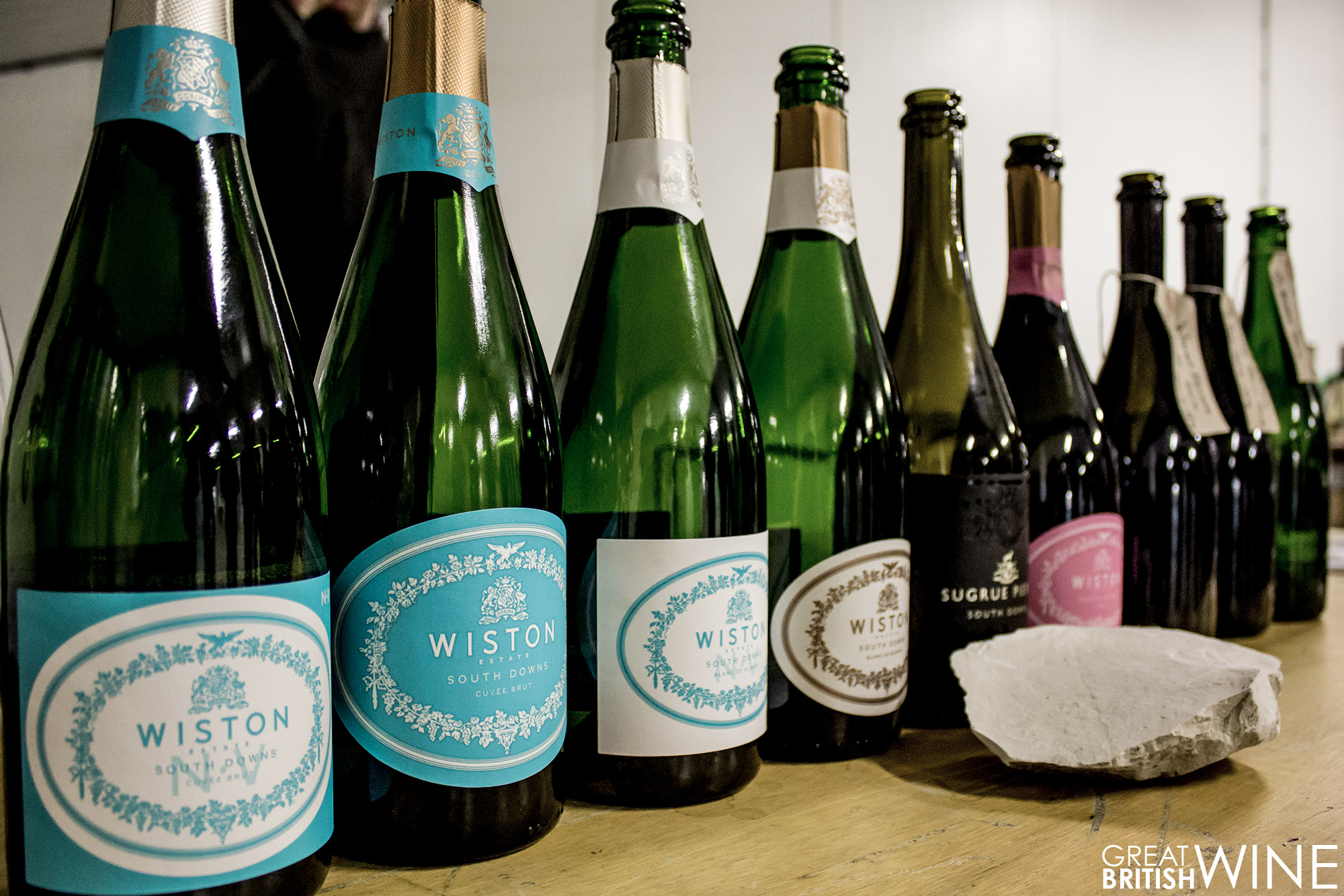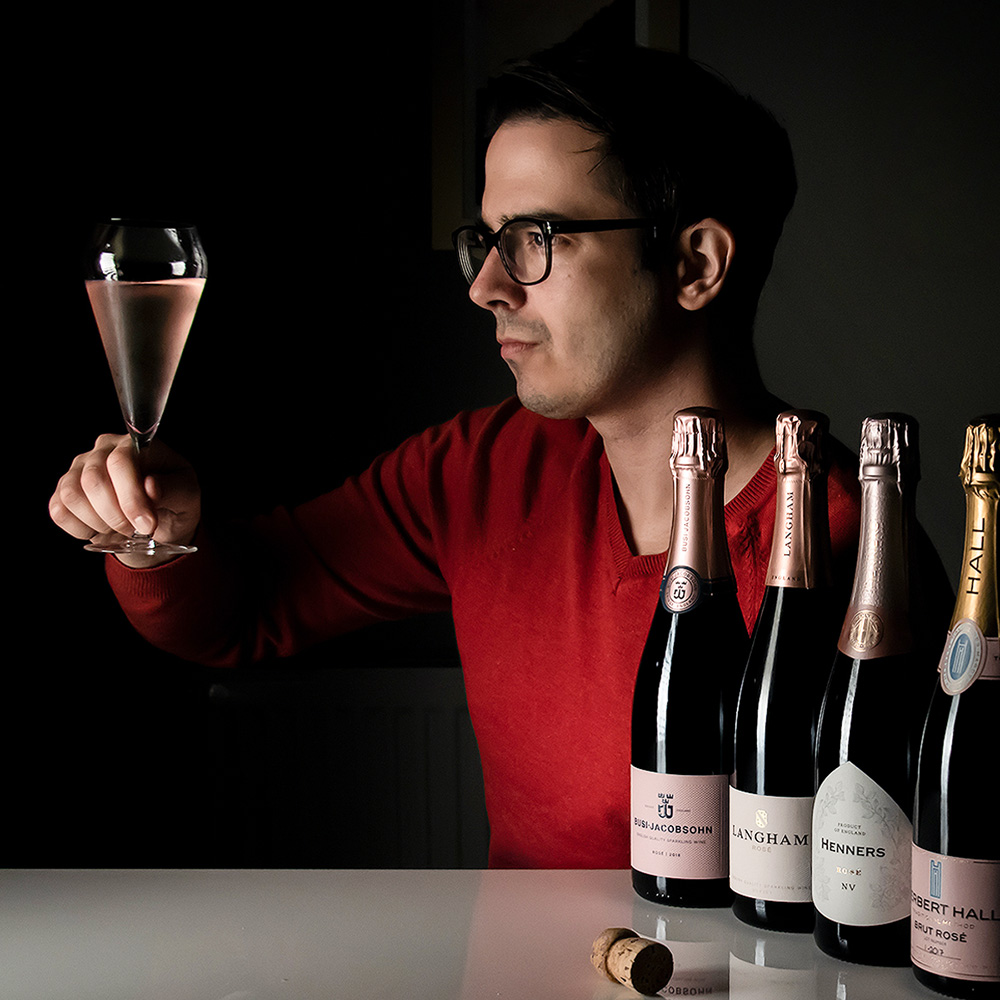A little over three years ago, I tried my first ever English Sparkling Wine. It was a 2004 Nyetimber Classic Cuvée and, that very day, this former Champagne drinker was converted to our own homegrown fizz. Little did I know at the time that the wine was made by an outspoken Irishman named Dermot Sugrue. It wasn’t until last year that I first met Dermot, and discovered that, not only does he now reside at the more recently established Wiston Estate, but his wonderful Wiston Estate Vintage Rosé 2011 had a similarly perception-changing effect on me (I’ve never been a fan of pink fizz). Dermot is perhaps the most prolific winemaker in the country, producing all of the Wiston wines, his own premium label Sugrue Pierre ‘The Trouble with Dreams’, and also acting as a contract winemaker for vineyards across the country, including Jenkyn Place and English Oak, who we have written about previously.
So what about the Wiston Estate itself? Covering some 6,000 acres of land, the estate has been owned by the Goring family since 1793. The estate has its history firmly rooted in cattle, sheep and arable crops, but it wasn’t until 2006 that Dermot joined Wiston, when the first vines were planted. Wiston now has 16 acres of land under vine, and the focus is (not surprisingly considering Dermot’s background) on the sparkling grape varieties of Chardonnay, Pinot Noir and Pinot Meunier, growing in the chalk-rich Sussex dry river valley countryside. Dermot explains that as soon as the vineyard was planted, the focus quickly shifted onto finding the right location for a winery. With its diverse farming empire, there was a wealth of buildings scattered across the estate's immense portfolio of land. A methodical study ensued.
Eventually a former poultry abattoir was discovered and selected. It doesn't sound like the most glamorous location for what was to become one of the most significant wineries in the country, but walking around it’s clear to see why Dermot was convinced it was the only choice. Set over two floors with masses of working space, the segregated insulated storage (formerly used for blast-freezing chicken) formed perfect spaces for wine storage and cellaring. On the first floor of the winery proudly sits a Coquard press – a traditional French basket press that is a common sight in Champagne. Based on a 250-year-old design, it is famed for its slow and gentle pressing, taking between three and four hours for juice extraction. The press is one of only four outside of France, and the only in England. During harvest, the grapes are brought into the upper floor for pressing, before the juice drains down vertically into storage vats located on the ground floor. This natural gravity flow extraction removes the need for pumps, as pumping with mechanical force can damage or bruise the juice.
 On the ground floor is a room surrounded by segregated extra wide stainless steel fermentation tanks, the next stop for the extracted juice. An adaptable and expandable winery was part of the agenda from day one. With what Dermot describes as the ‘Nyetimber effect’ in full swing in the early-to-mid 00s, hundreds of acres of land were being planted across England with traditional sparkling wine grape verities. There were, however, fewer producers building their own wineries, prompting Dermot and the Wiston team to invest in facilities that would not only provide future-proof capacity for their own wines, but allow for a business heavily focussed on contract winemaking.
On the ground floor is a room surrounded by segregated extra wide stainless steel fermentation tanks, the next stop for the extracted juice. An adaptable and expandable winery was part of the agenda from day one. With what Dermot describes as the ‘Nyetimber effect’ in full swing in the early-to-mid 00s, hundreds of acres of land were being planted across England with traditional sparkling wine grape verities. There were, however, fewer producers building their own wineries, prompting Dermot and the Wiston team to invest in facilities that would not only provide future-proof capacity for their own wines, but allow for a business heavily focussed on contract winemaking.
Annual production is now split approximately between 25% Wiston wines and 75% clients wines, though each year the actual production can vary drastically thanks to the changeable and unpredictable English weather. In the last five years, the harvest between Wiston and their clients has been anything from 11 tonnes of grapes in the disastrous 2012 season, to a massive 324 tonnes in the high yielding 2014. This level of adaptability has been a huge part in the success of Wiston and Dermot, and has prompted further investment into fermentation tanks and a six-tonne Bucher press in 2015. Walking further into the winery, we discover Dermot’s love for oak – with an impressive array of old Burgundy and Bordeaux oak barrels and barriques.
It was truly a delight to spend time with Dermot and see where all of the magic happens. It was even more delightful to then be walked through a thorough tasting of the complete range of Wiston (& Sugrue Pierre) wines, as well as a preview of the few unreleased vintages including the Vintage Rosé 2014 (which can now be ordered directly from the Wiston website here). The tasting was so thorough that I've focussed on my favourite picks of the evening: namely the vintage wines which included a fascinating comparison of the Brut Cuvée 2009, 2010 and 2013.
A huge thanks goes to Dermot for organising this tour and tasting. All of the current Wiston Estate wines can be ordered from the Wiston Estate Winery website.
WISTON ESTATE TASTING HIGHLIGHTS
Wiston Cuvée Brut 2009, 2010 & 2013
Starting with the current release (2010), this is a Pinot-dominant blend of the big three grapes, with 45 % Pinot Noir, 33% Chardonnay and 22% Pinot Meunier, that has spent seven to eight months in oak.
This wine opens up with wonderfully soft aromas of gentle stone fruit and baked apple, with warming vanilla, hints of spice and buttered toast.
On the palate, this wine has that signature brisk citrus acidity with bags of punchy green apple. There is a fantastic creamy mousse with fine bubbles and a silky mouthfeel, seasoned with biscuit and spice.
We were also treated to a taste of two unreleased Cuvée wines: the 2013 and the 2009. Beginning with the upcoming 2013, this wine had a fresher greener character with lots of zingy citrus. It’s already shaping up to be a superb vintage and certainly one to look out for.
The 2009 was a different beast, being a Chardonnay-rich blend. Despite the wine’s age, this is a really intriguing bottle to try – lots of green apple and lemon but still a little closed. In fact I would describe this wine as having huge tension – it feels like there is a lot of character waiting to be released, but it’s just not quite ready yet!
Wiston Rosé Vintage 2011
This rosé is a standout, genre-defining wine from Wiston Estate for me – a pretty great feat considering the line-up is uniformly outstanding!
The wine has a delicate pale salmon colour, only just a rosé by colour, which we learnt on the night was due to the fact that the juice was never intended to be a rosé! Picked late in the turbulent 2011 vintage, the low yield but ripe Pinot Noir grapes extracted not only vibrant red fruit character, but also colour – despite the gentle efforts of the Coquard press.
This mature rosé has a gentle and eloquent nose – sweet brioche, biscuit and hints of nut with the merest hint of raspberry.
On the palate the acidity has softened a little, but is still brisk and lively. The bubbles are fine and creamy, leading to an immensely rounded mid-taste where the red cherry and raspberry flavours are still singing. There is a lovely cranberry tang and hints of nut and biscuit on the finish.
Wiston Rosé Vintage 2014
Following up on the stunning 2011 was not going to be an easy task, admitted Dermot, but the famously superb vintage of 2014 delivered red grapes that Dermot felt had the potential to live up to that year's legacy.
This wine, at the time of tasting still a pre-release and not due to be launched until early 2017, was perhaps the most distinctive and vibrant wine on the night.
There are youthful, rich red fruit aromas of cherry and raspberry, with spiced, perhaps even slightly medicinal notes of clove, cinnamon & cardamom.
On the palate it’s still very youthful, perhaps a little tight up front, before exploding in to bursts of summer red fruit and Christmas spice.
Wiston Blanc de Blancs 2010
Coming from what Dermot describes as a benchmark year for Wiston, the 2010 Blanc de Blancs is yet another distinctive and characterful wine, and perhaps the richest and most indulgent of the Wiston range.
With lengthy lees ageing, and a modest dosage of 8g, the development and structure of this wine truly stands out.
There are aromas of citrus, baked apple with rich baked bread and pastry notes.
This wine is vivid and punchy, but also smooth, creamy and textured. The balance between weight, texture and acidity prompted me to included this as a pairing with lobster in our English Wines to Enjoy at Christmas feature.

